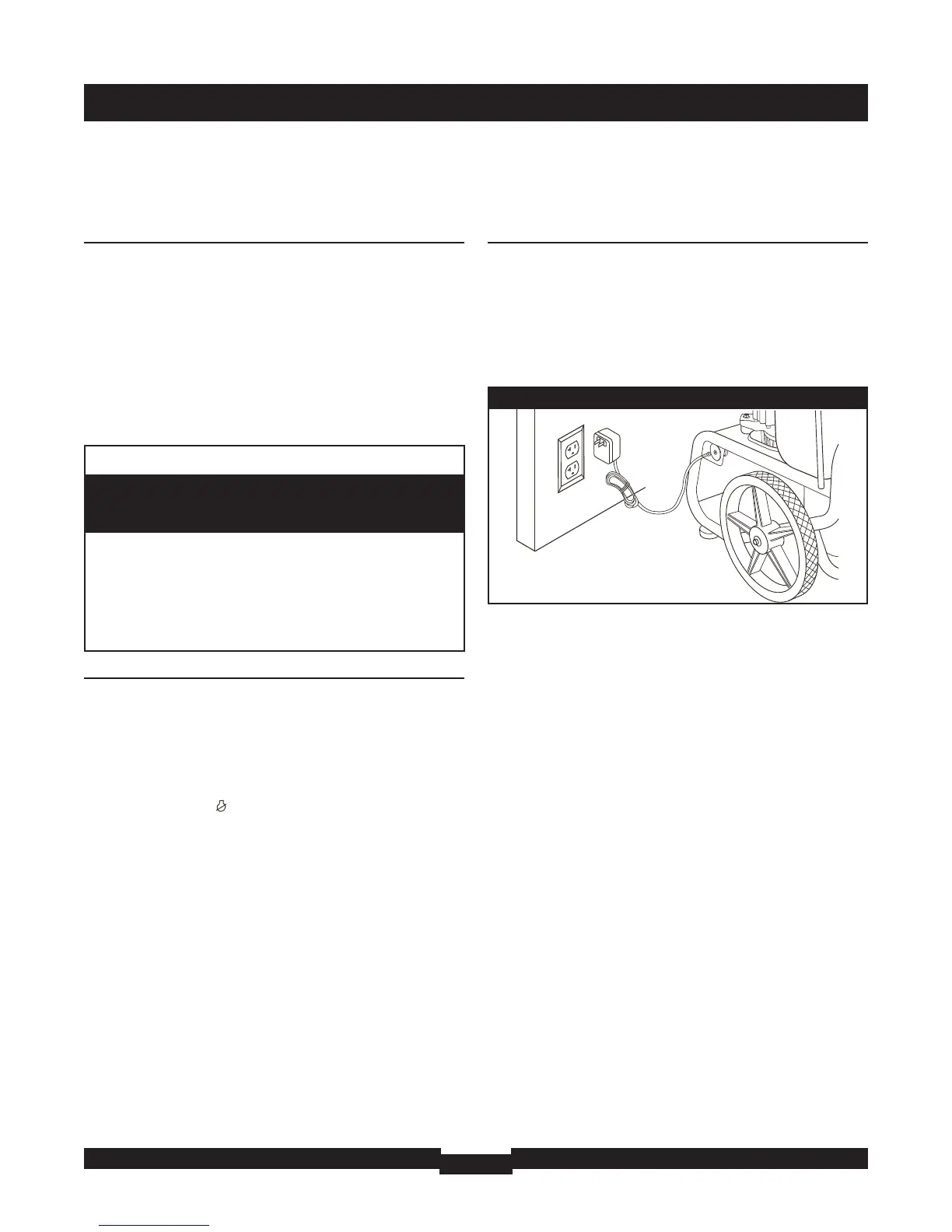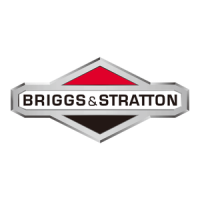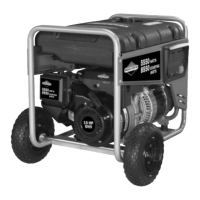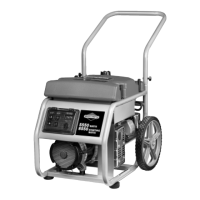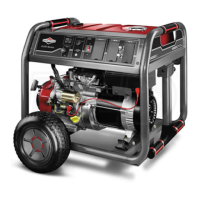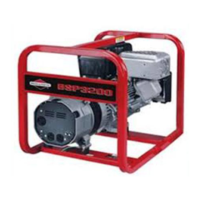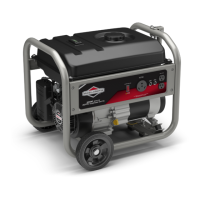OPERACIÓN
26
Conexion De Cargas Electricas
• Deje que el motor se estabilice y se caliente por unos
minutos después del arranque.
• Conecte y encienda las cargas eléctricas de 120 y/o
240 Voltios AC monofásicas de 60 Hz que desse.
• NO conecte cargas de 240 Voltios a tomacorrientes de
120 Voltios.
• NO conecte cargas trifásicas al generador.
• NO conecte cargas de 50 Hz al generador.
• NO SOBRECARGUE GENERADOR. Vea "No
Sobrecargue Generador".
Parado Del Motor
1. Desconecte todas las cargas eléctricas de los tomaco-rrientes
del panel del generador. NUNCA de arranque o detenga el
motor con los dispositivos eléctricos conectados y encendidos.
2. Deje que el motor funcione sin cargas por algunos minutos para
estabilizar las temperaturas internas del motor y el generador.
3. Gire la llave en el interruptor de ignición hasta la posición
“Stop” (parada)
().
4. Retire la llave y guárdela fuera del alcance de los niños.
Cómo al Uso el Corcel de Batería
El gato del corcel de la batería del uso con el corcel
proporcionado de batería a mantiene la batería que comienza
cargado y se prepara para el uso. Cargar de batería se debe hacer
en una ubicación seca, tal como dentro de un garaje.
1. Conecte el cargador al conector “Battery Float Charger”
(Cargador de flotación de la batería), que se encuentra en el
panel del interruptor de arranque (Figura 16).Tape el corcel
de batería en un 120 receptacle de pared de Voltio AC.
2. Quite el corcel de la unidad y la salida de pared cuando arandela
de presión se comienza y mientras está en la operación.
3. Mantenga este corcel conectó cuando arandela de presión
NO está en está acostumbrado a prolonga la vida de batería.
El corcel tiene un construyó en el equalizer de la flota y hace
no sobrecargar la batería, aún cuando conectó por un
período extendido de tiempo.
IMPORTANTE: Ve la Conservación "Mantenimiento de la
Bateriá" en la página 30 para la información adicional.
Figura 16 — Cargador De Batería Gato
• Vea "No sobrecargue generador".
• Encienda su generador y deje que el motor se estabilice antes de
conectar las cargas eléctricas.
• Conecte las cargas eléctricas en la posición de apagado (OFF), luego
encienda (ON) para su operación.
• Apague (OFF) las cargas eléctricas y desconéctelas del generador
antes de parar el generador.
El sobrepasar la capacidad del amperaje y vataje del
generador, puede dañar al generador y los aparatos eléctricos
conectados al mismo.
PRECAUCIÓN

